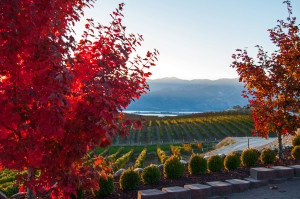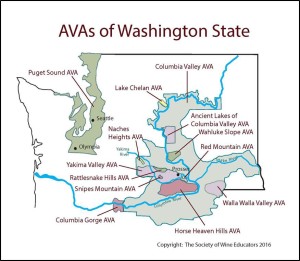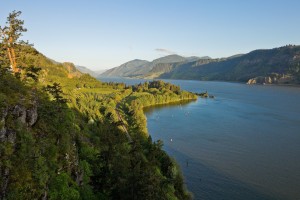Today we have a guest post by an anonymous writer, who we know by the name Candi, CSW. Candi has developed respect for and enjoys the wines of Washington State, and after reading her piece, we know you’ll have an appreciation for the wines of Washington State as well!
What about Washington?
When it comes to United States domestic production, many of us know that California continues to make the majority of our wine. And it’s easy to get caught up in the multitude of imports into the United States as well. But what about another key wine-producing state, number 2 or 3, depending on the source? I’m talking, of course, about Washington.
A Few Facts and Figures
Here’s an overview of the Washington’s wine “state of the state”. Please note that some of the information is based upon the 2014 Grape Crush Report.
- Most of the industry has developed over the past 40 years, so it is relatively young compared to some areas.
- Growth since around 1987 has been substantial. At that time, there were about 100 wineries. Now there are more than 850.
- Wineries are predominantly small, family producers; these comprise about 800 of the 850 wineries.
- Five varieties account for more than 75% of all wines produced. These include, in order of production, Riesling, Chardonnay, Cabernet Sauvignon, Merlot, and Syrah. More than 40 varieties are produced, however.
- White wine production (53%) slightly exceeds red wine production (47%).
-
There are 13 appellations. The Yakima Valley appellation, established in 1983, is the oldest. The newest AVA, Ancient Lakes of Columbia Valley, was recognized in 2012. By comparison, the Napa Valley AVA was established in 1981.
- Grapevines are typically grown on their own rootstock. The state generally experiences a winter freeze that reduces the risk of some pests, including phylloxera.
- The predominant soil, loess, is so fine-grained that many vineyards require cover crops to keep the soil in place.
Dominant Varieties: Key Impressions
I recently had the opportunity to taste the wines of more than 15 producers. More than 40 wines were tasted, representing the 2011 through 2014 vintages. My overall impressions, based upon the tasting, are listed below. This may give you are a few ideas on ways to get an exposure to what Washington has to offer.
- Consider Riesling. These presented as fresh, floral, fruity, sometimes with a hint of minerals. Further, Rieslings seemed consistently good.
- Chardonnay was also impressive, and with citrus aromas and flavors predominant. The typical acidity would bode well for pairing with a variety of foods.
- Merlot clearly expressed Washington and AVA terroir. These wines were generally bolder, and more full-bodied, than many California examples. Think wines reminiscent of Chilean Merlot and even Carmenère. Note: that comparison IS a compliment!
- Cabernet Sauvignon has the broad range of appeal similar to the state’s Chardonnay. Unlike some new world Cabernets, this wine can be more subtle and softer than the Washington Merlot.
- Syrah appeared to be more terroir-specific than some Cabernets. Frequently spicy, a bit smoky, and full-bodied.
Wines, especially Chardonnay, Merlot and Cabernet, seem to be available in a wide range of prices. A bonus: wines often over deliver considering their price, so they appeal to those, like me, who seek value. And these varieties would make great party wines, too!
For those seeking “splurge” or special occasion red wines, look to Red Mountain AVA for Cabernet Sauvignon, Syrah and red blends. A splurge for white wine lovers: Bordeaux Blends of Sauvignon Blanc and Semillon.
May I Recommend?
The next time seafood is on the menu, think of a Washington Riesling if the dish is light. Something a bit heavier, maybe fatty fish? Consider a Washington Chardonnay.
When you want to pair a wine with strong cheese, lamb chops, or beef, look into a Washington Merlot, Cabernet, or red blend.
Cheers, and enjoy!


